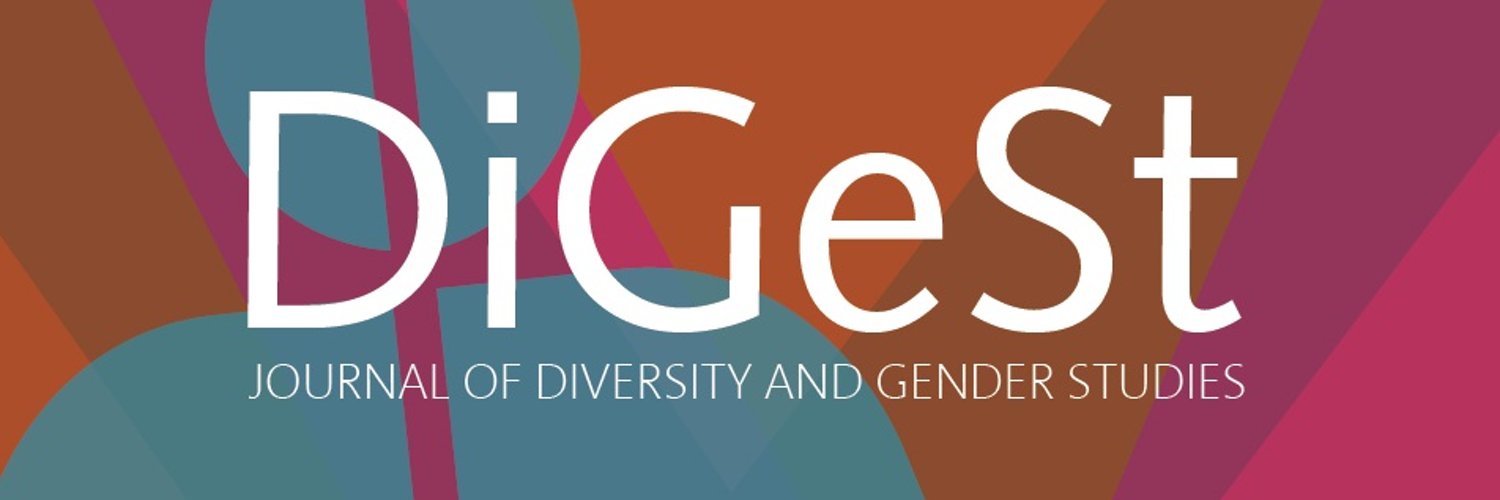What’s in a Woman? Identity and Community on American Lesbian Lands
Abstract
In the 1970s, in the wake of the Women’s liberation movement and the hippie back- to-the land movement, some women bought plots of land all over the United States and founded what they called ‘lesbian lands’, i.e. women-only separatist communities. Some of them continue to exist today, and are still inhabited by self-called ‘landykes.’ Based on in-person semi-directed interviews conducted in November 2021 and August 2022 with nine women living or having lived on lesbian lands in the same geographical area, this paper investigates their definition of ‘woman’ and how it circumscribes the limits of their community. This paper first argues for a nuanced revision of what radical lesbianism means in these rural lesbian separatist spaces and then proceeds to demonstrate how ‘woman’ has become resignified over the years, de facto barring trans women and challenging lesbian- identified trans men’s place within their community.
Correction notice
The initially published version of this article includes a number of details about the otherwise anonymized participants. Upon revaluation, the participants feared these elements could put their anonymity at risk, and requested corrections to be made to the article to safeguard their privacy. Hence, certain elements of the article were corrected. Throughout the document, all details marked by the participants as potentially identifying information have been edited to further anonymize the community studied, and several line edits have been made to clarify the author’s descriptive intent. No further changes have been made to the article, and neither its substance nor its conclusions have been altered.
Keywords: Lesbian lands, Community, Lesbian feminism, Lesbian separatism, Women's space, Trans
How to Cite:
Di Lauro, C., (2024) “What’s in a Woman? Identity and Community on American Lesbian Lands”, DiGeSt - Journal of Diversity and Gender Studies 10(2), 81-96. doi: https://doi.org/10.21825/digest.85307
Downloads:
Download PDF
View PDF
1931 Views
256 Downloads
